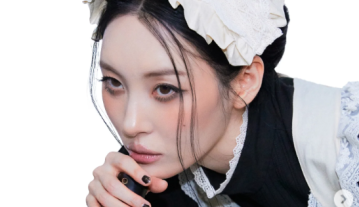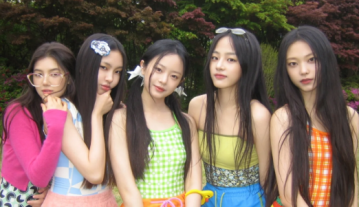The Korean Cultural Center, Washington D.C. (KCCDC) focused on what might be the quintessential Korean food, Kimchi, in its new program "The Kimchi Universe Series."
KCCDC launched its pilot episode last February 12 with "Part 1: Know Your Kimchi," coinciding with the Lunar New Year, celebrated in South Korea as Eumnyeok Seollal, or simply Seollal. With The Kimchi Universe Series, the traditional side dish is given the attention it deserves, first within its historical and cultural context for the Korean society through the ages. Aside from that, the KCCDC series also aims to branch out as the kimchi has invading tastebuds all over the world.
The Kimchi Universe Series will also feature interviews with chefs and experts and taste tests with everyday people. Additionally, the show will also include workshops with actual kimchi makers - all in a short film, documentary-style format.

Part 1: Know Your Kimchi
The short pilot episode runs a little short of ten minutes, yet filled with content kimchi enthusiasts and newcomers will both love. Opening with a smoothly transitioning montage of different kinds of the traditional side dish, Part 1: Know Your Kimchi opens with a New Year's greeting from Hwang Joon Suk, KCCDC director, introducing Seollal to the audience.
"On SEOLLAL, most people gather with their family, wear Hanbok (traditional Korean dress), enjoy special food, and play many fun games," the KCCDC director explains. He adds the tradition of younger family members offering deep bows of respect to their elders. Also, Koreans usually enjoy tteokguk, or Korean rice cake soup, on a special day. The slice of rice cakes, often in beef broth, is perfectly paired with kimchi, bringing audiences to the star of the show.
A narrator then explains the kimchi in its purest form: fermented vegetables mixed with spices, particularly chili powder. Additionally, there are about 200 different varieties of kimchi, often distinguished by the main vegetable used or the mix of spices included.
"The documents on kimchi and other fermented food were found all the way back in the Three Kingdoms era (18 BCE - 660 CE)," explains Na Kyong In, curator of the Museum Kimchikan in Seoul. Kimchi was originally stored underneath the ground, in large earthenware pots, to prevent them from being frozen during the winter periods. In summer, the underground storage slows down the fermentation process encouraged by warmer temperatures.
Setting Kimchi Apart, and Bringing It To The World
Na Kyong In also explains the difference between kimchi and fermented and pickled vegetables from other parts of the world. For example, while kimchi uses salt and soybean paste for fermentation, Chinese pickled vegetables often relied on alcohol and vinegar.
For the taste testing segment of Part 1: Know Your Kimchi, the show host invited people to the KCCDC site to try out five different kinds of kimchi including the most popular of them, the spicy cabbage kimchi, as well as their non-spicy variant white kimchi, which uses fruit juices to pickle the vegetable.
Watch The Kimchi Universe Series, Part 1: Know Your Kimchi below:









